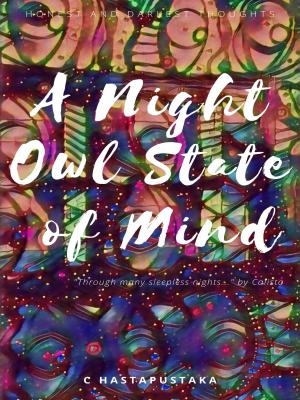I Didn’t Raise My Boy to Be a Soldier
Lyrics by Alfred Bryan, Music by Al. Plantadosi
Ten million soldiers to the war have gone who may never return again,
Ten million mothers' hearts must break for the ones who died in vain
Head bowed down in sorrow in her lonely years,
I heard a mother murmur through her tears:
I didn't raise my boy to be a soldier,
I brought him up to be my pride and joy.
Who dares to place a musket on his shoulder?
To shoot some other mother's darling boy?
Let nations arbitrate their future troubles,
It's time to lay the sword and gun away.
There'd be no war today
If mothers all would say,
"I didn't raise my boy to be a soldier!"
What victory can cheer a mother's heart when she looks at her blighted home?
What victory can bring her back all she cared to call her own?
Let each mother answer in the years to be,
"Remember that my boy belongs to me!"
I am incredibly touched by this Protest song. The first time I listened to this track, I was frankly baffled as to how it managed to game the chart back then. The melody is a challenge to memorize and the harmony is rather flat. It took me 4 replays of the song for the melody to finally sit in me. I perceive the harmony to be the complementary background music, resembling that of a marching band. The background music is similar to that of the common war song, with the avid use of trumpets. The melody is easily distinguished from the harmony as it is only of a single-layer, led by only one tone color—the vocalist—all throughout the song, yet it is challenging in the sense that the way it shifts from one note to another is unforeseeable. There are only two tone colors, which are that of the vocalist (melody) and trumpet (harmony); the former being dominant, broad and containing a very stable vibrato, whereas the latter being brassy and thin. For that reason, the texture is homophonic, comprising of a single line of melody and its harmonic accompaniment—being the most common texture in Western music.
But after reading the lyrics of this song, I finally understood why it was a big hit in the early 20th century. Many civilians would be able to relate to the lyrics, especially mothers whose sons have been scouted by the government to serve in the war. Whether or not to serve in the military was never a choice for American men during the time of war. Mothers and fathers nationwide did not have a say in this. For the majority of them, it was never their intention to rear and educate their sons to embrace a job that jeopardizes their own lives and the lives of others. Many mothers would have likely questioned the country’s intentions and why it hadn’t of kept innocent civilians away from its political affairs. Yet nevertheless, it was an obligation that cannot be denied. Millions of innocent men were taken and armed to battle in the field. Millions of souls were lost. The nation grieved for the souls they have lost in war—especially the family and friends of the deceased soldiers.
Regardless, I opine that the energy, tempo and dynamics of the music didn’t align with the expression of contempt conveyed in the lyrics. The tempo is Andante, or of a walking pace (range: 76-108 BPM), as it’s of 100 beats per minute. I think a more relaxed tempo, like Adagio, is most apt for the lyrics. The time signature is a duple (2/4), which refers to a two-beat meter.


 DeeDee
DeeDee








